Photo By: Ramsés Cervantes
Written By: Traciana
The Sacred Art of Slow Travel: Why Rushing Ruins Reset
Forward:
In a culture that prizes speed and productivity, even our time away can start to feel like another performance—one more list to complete, one more schedule to manage. But travel isn’t meant to be another version of the hustle. When approached with intention, it can be a deeply restorative practice.
When “See It All” Leaves You Empty
How many times have you returned from a trip feeling more exhausted than when you left? You squeezed in every museum, every restaurant, every recommended stop—and yet, when you think back, the memories blur together.
That hollow feeling after an overstuffed trip is not uncommon. Research in cognitive psychology shows that when we bombard ourselves with too many experiences in a short period, our brains struggle to encode them into lasting memories. Instead of feeling enriched, we feel scattered, like we skimmed the surface of a place without ever truly arriving.
Travel Isn’t Just Movement—it’s Integration
To reset, you need more than movement. You need moments where experience has time to settle. Neuroscience tells us that deeper memory and emotional resonance occur when we allow ourselves to dwell, to slow down enough that our senses, our emotions, and our thoughts can connect.
When we race from site to site, we block the very integration that makes travel transformative. We leave with pictures, not presence.
Designing Travel Rhythms That Support Inner Work
Slowing down doesn’t mean doing nothing. It means choosing experiences that match your inner pace and giving yourself the gift of time to notice.
Instead of seeing five landmarks in a day, spend the afternoon exploring just one neighborhood. Sit in a café without your phone and watch how life flows around you. Return to the same spot at different times of day and notice what changes. These simple choices give you something richer than a checklist: they give you connection.
The Inner Benefits of Less
When you travel slowly, you stop performing your journey for others and start inhabiting it for yourself. You notice how the air feels in the early morning, the cadence of voices in a marketplace, the way a local ritual makes you feel unexpectedly at home. You also start to notice yourself. What places calm you? What conversations spark something dormant? What moments make you feel whole? These are questions we often can’t answer in the rush of daily life. Slow travel gives them space to rise.
The Science Behind Slower Memories
A growing body of neuroscience research supports what many seasoned travelers know intuitively: fewer experiences, savored deeply, lead to richer, more lasting memories. When we slow down, our brains engage in deeper encoding—linking sensory details, emotional responses, and personal meaning. These layered memories not only last longer, but they’re also more likely to change how we see ourselves and the world.
Practical Ways to Embrace Slow Travel
If you’re craving a reset, try approaching your next trip with these simple shifts:
- Stay longer in fewer places. Instead of five cities in ten days, choose one or two and let yourself really settle in.
- Follow local rhythms. If the culture lingers over meals, linger with them. If afternoons are quiet, let yourself rest.
- Build open space into your schedule. Leave hours—whole days even—without a plan so you can follow what emerges naturally.
- Go deeper, not wider. Take one workshop with a local artisan, spend time in one village market, return to one place that resonates.
These choices aren’t about missing out. They’re about opening up.
Stories From the Road
One traveler in our community shared how she spent two weeks in a single coastal town instead of hopping between five. By the end of her stay, the barista at the corner café knew her name, neighbors waved as she walked to the market, and she began to feel woven into the fabric of the place. That sense of belonging became her most treasured souvenir.
Another described canceling half her planned excursions in a mountain village after realizing what she truly needed was to wake early, walk the same path each morning, and watch the light shift on the hillsides. Years later, that quiet routine is what she remembers most vividly—and what helped her return home with a sense of peace she didn’t expect.
Your Reset, At Your Pace
Slow travel isn’t about doing less for the sake of less. It’s about creating the conditions for more meaningful transformation. When you allow yourself to move at a human pace, you stop collecting moments and start living them.
If you feel the pull to experience travel differently—less like a sprint and more like a homecoming—Module 4 of the Thrive Abroad Society Free Mini‑Course offers deeper guidance, practical planning frameworks, and community stories to help you design journeys that honor both your growth and the places you visit.
[Join Module 4 for free and explore slow travel that transforms →]
You don’t have to see everything to be changed by a place. Sometimes, the most profound reset comes when you slow down enough to truly arrive.
Just let me know!

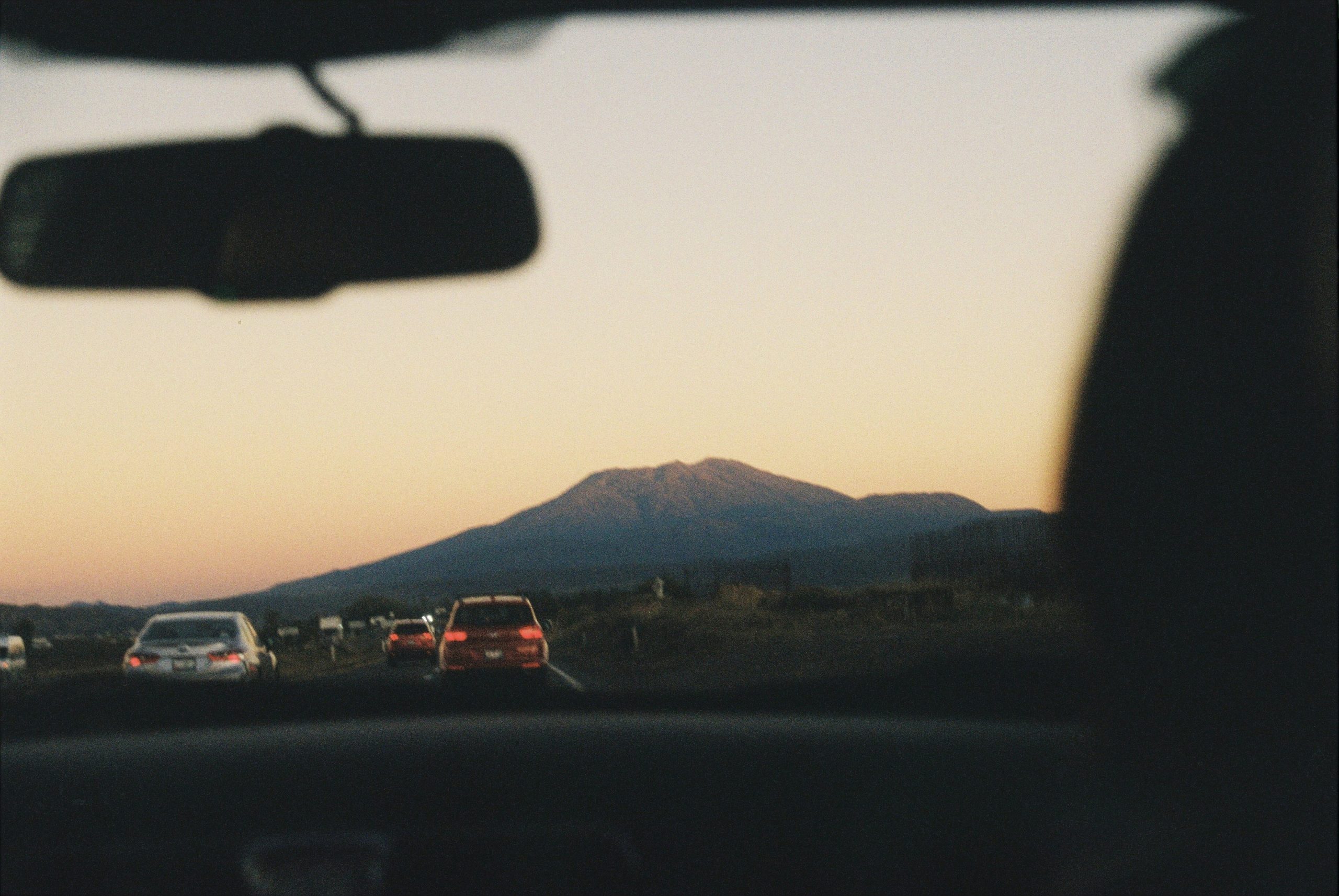
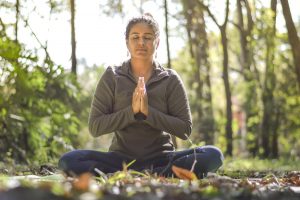



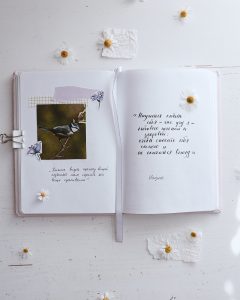

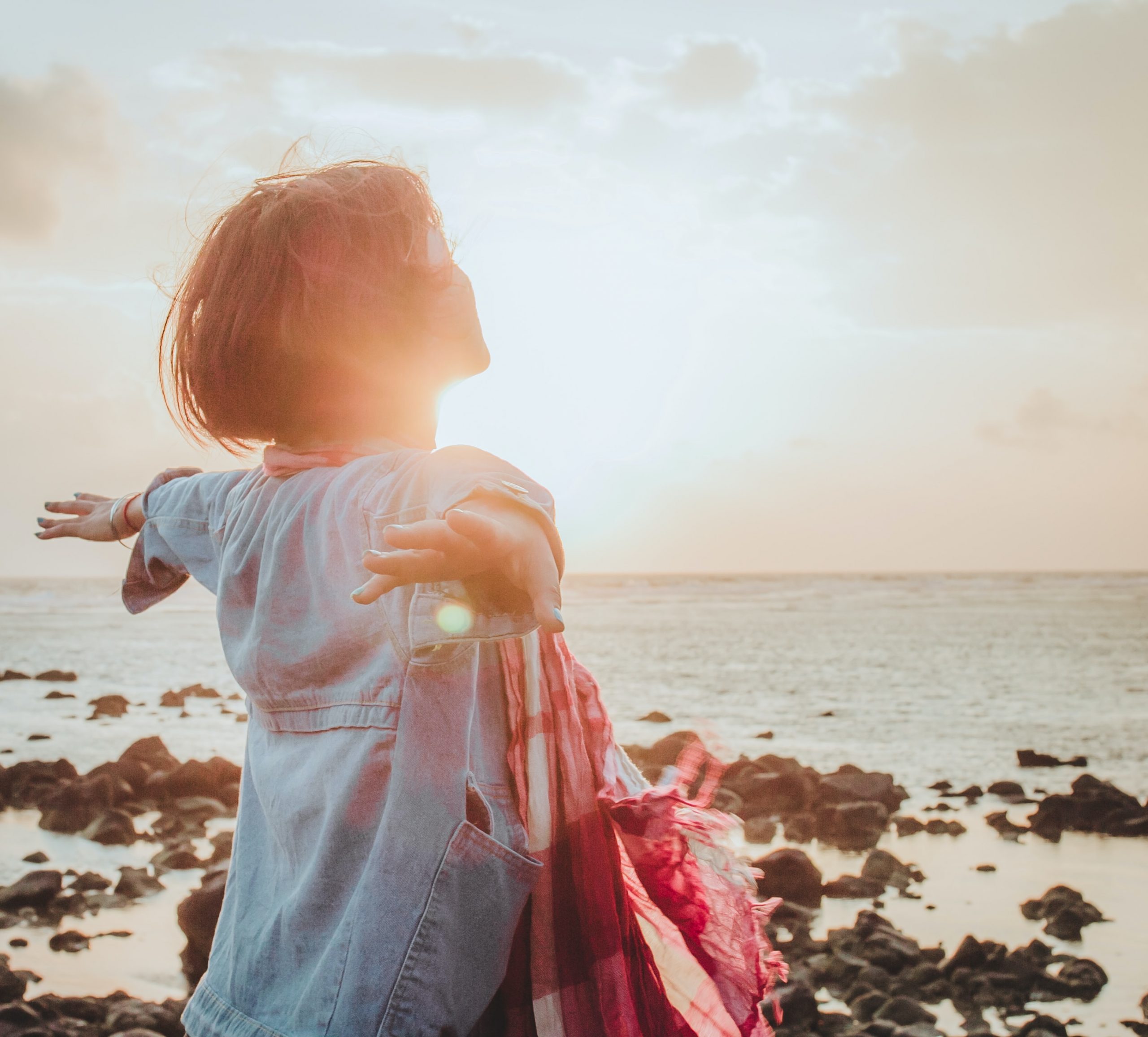







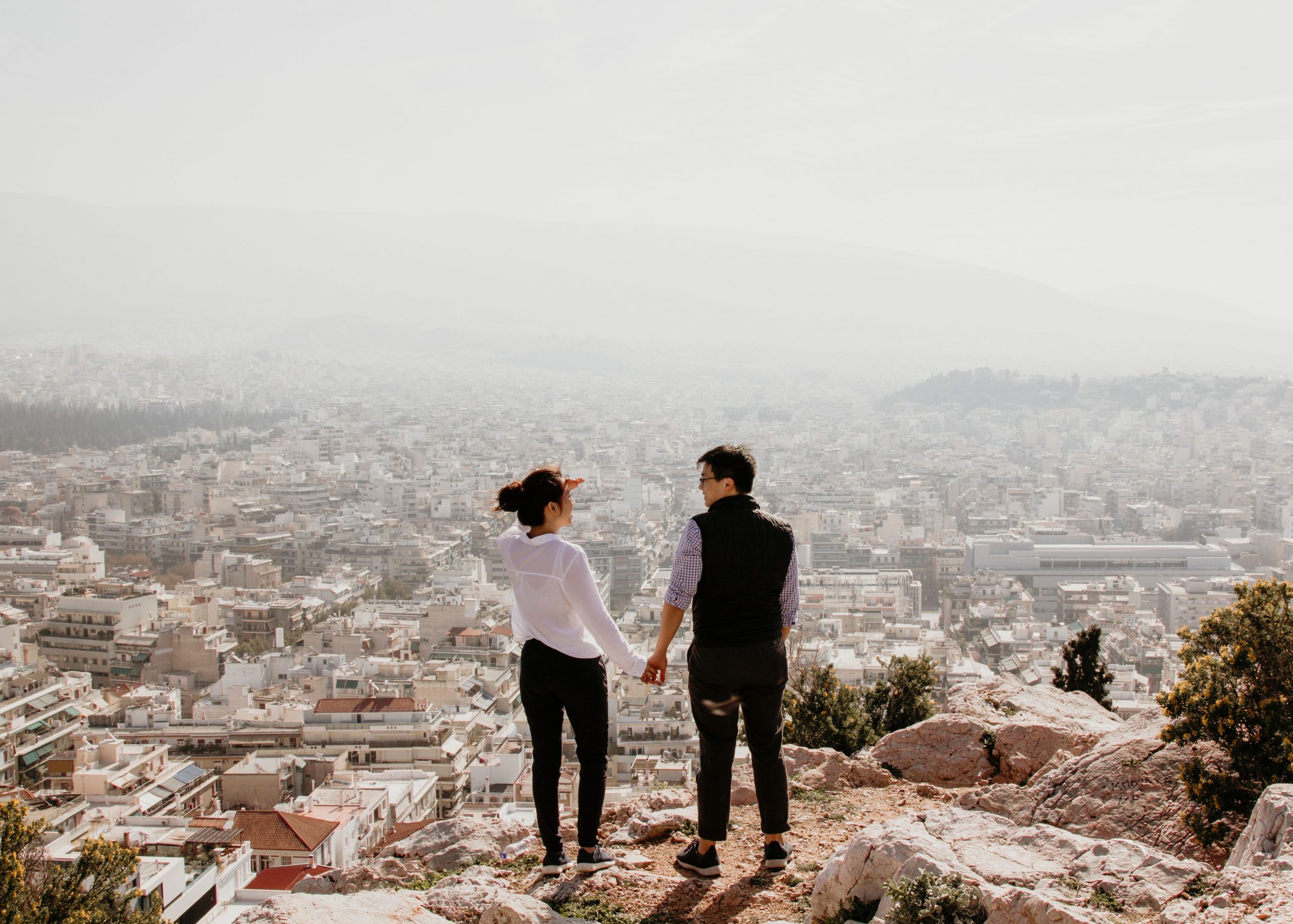
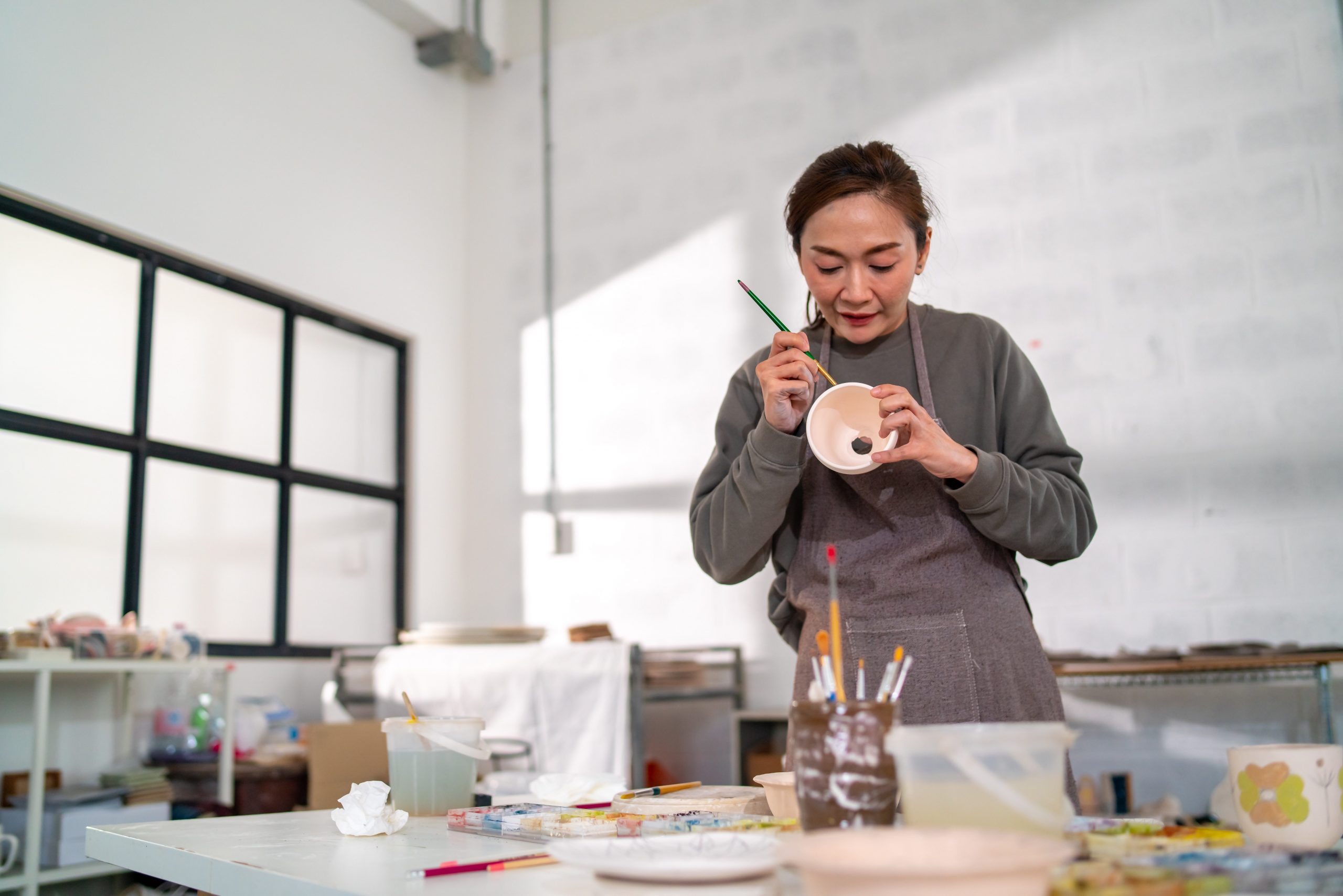




0 Comments for “The Sacred Art of Slow Travel: Why Rushing Ruins Reset”